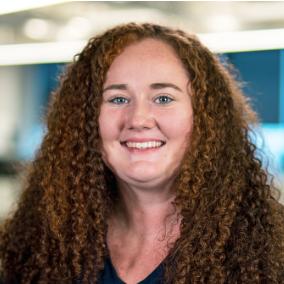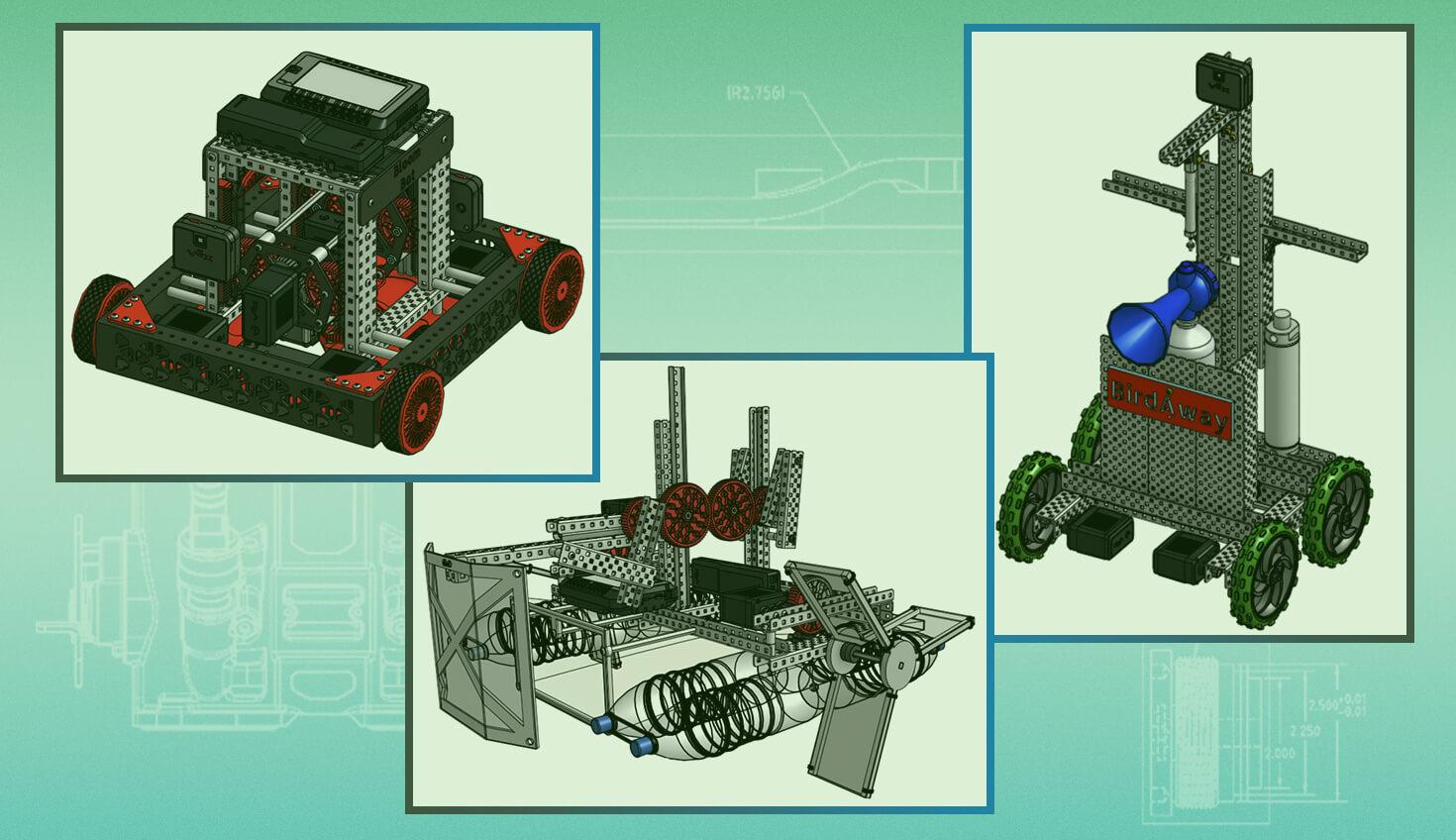
5:09
For the second year, PTC and the REC Foundation teamed up to create a virtual design challenge encouraging the engineers of tomorrow to think about how they can help tackle the environmental problems facing our global community.
Students identified and designed solutions for environmental challenges, including waste and recycling management, the impact of droughts, increased weather events, and the devastation of our natural ecosystems.
For this challenge, participants from around the world modeled in Onshape – a web-based CAD system used by professionals and available free to students and educators. They also utilized the VEX V5 Competition Super Kit of Parts in Onshape, to design a robot that can aid in the recovery of our precious ecosystems and start changing the world!
We received some amazing submissions from middle school, high school, and university students. We selected the first-place winners for each of these age groups. In addition to robotics kits for all winners, the first-place teams received an invitation to compete at the World Championships!
Submissions were scored on criteria such as completeness and complexity, feasibility, and ability to solve their selected problem.
University Robotics Champions
Team ILLIN1 - Illini Vex Robotics - The University of Illinois at Urbana-Champaign
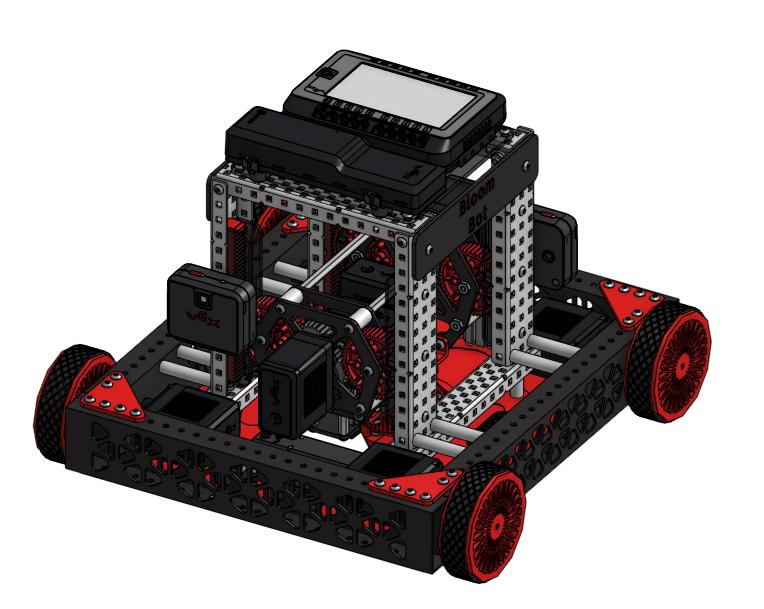
This team developed a robot to plant seeds and collect soil samples for data-driven analysis.
Named “Bloom Bot,” this robot was built using swarm robotics principles in mind, which means that it’s specially designed to be used alongside many duplicate robots to cover more ground in a safer, economical approach.
This bot helps prevent environmental problems by surveying the ground to identify good spots for planting and running a full seed cycle, including drilling a hole into the soil, planting the seeds, and covering the hole for protection.
What separates Bloom Bot from other seed-planting robots is its unique drill that can pick up and hold onto some soil. This soil can later be analyzed in the lab to uncover valuable information about the neighboring ecosystem, which can be used to maximize planting efforts and predict associated risk of natural disasters.
When discussing their design process, the team shared that, “The most difficult part of the robot to design was the carriage as we needed to fit two motors and several gear mechanisms in a tight space.
“We had to be creative with our space constraints and went through several redesigns,” the team explained. “Using the edit-in-context feature in assemblies helped us tremendously with this task. Also, we would like to mention that a lot of our robot includes custom parts that would need to be 3D-printed or machine-cut. As a university-level robotics team, we liked the challenge of designing custom parts using Onshape, but it is important to note that many parts on the robot could be replaced with off-the-shelf parts.”
Check out their design in Onshape!
Note: To access these designs, you must have an Onshape account.
High School Robotics Champions
Team 515R - Logan and Ben Robotics Club
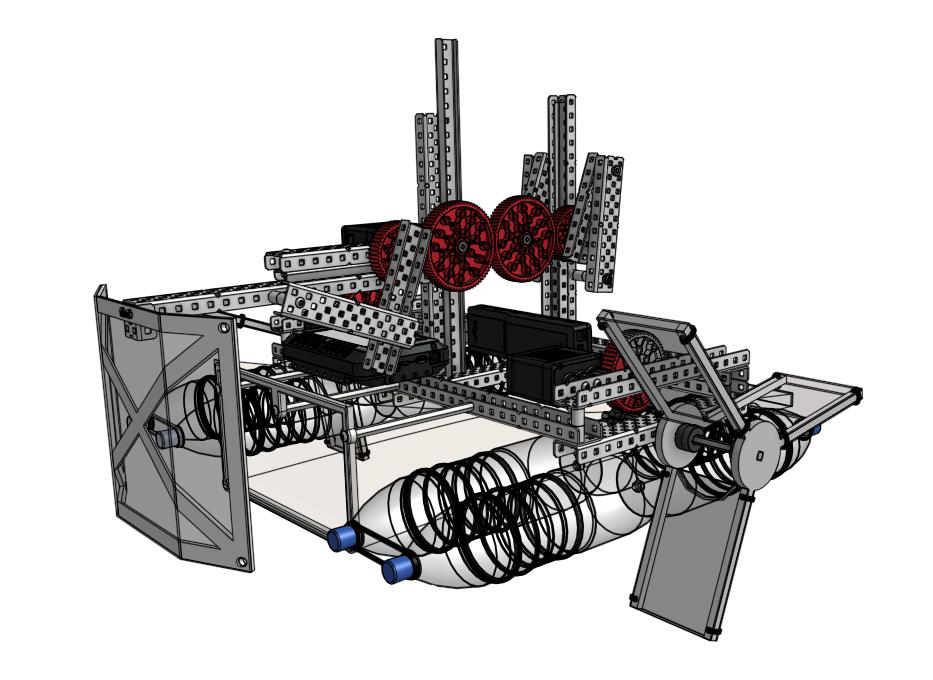
This impressive robot came from a team of two high school seniors. In their submission, they discussed an environmental issue with a personal impact.
“Last summer, we crossed the Ohio River to a disappointing sight: a pack of empty sports drinks were drifting along the water bank. We wish we could have jumped into the river to retrieve and recycle,” they wrote. “According to the Word Atlas, the Ohio River is considered the United States’s most polluted river. Because this river is just 15 minutes from our homes, water pollution is a personal problem.”
They set to work coming up with possible mechanisms to enable the robot to move on water. These included a sail and rudder, paddles, and propeller. They went with paddles because of the simplicity and versatility. Then they set about determining their collection and storage mechanisms. Through their systematic process of brainstorming possible solutions, they chose a scooper to collect without endangering the electronics and check-out bag to collect garbage.
The team shared this inspiring take on their design.
“This idea and solution has the potential to spark a world-wide impact,” the team wrote. “It could be a toy were kids sail around, collecting garbage from their local lakes or a competition where people around the world race to pick up the most plastic as possible. For today, it is a step in the right direction to reduce and one day eliminate water pollution.”
Middle School Robotics Champions
Team 4073B - Joe Walker Middle School, Lancaster, California
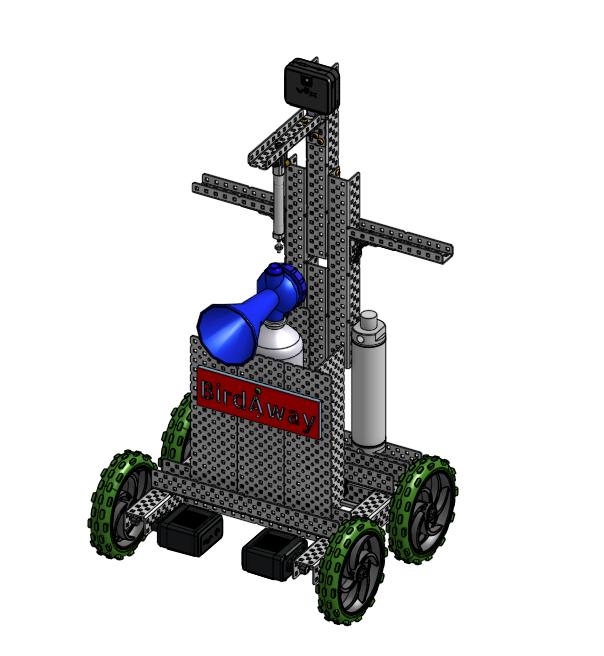
Last but not least is this impressive design from students at Joe Walker Middle School in Lancaster, California.
When coming up with their design, the team had a few initial ideas.
“We thought of a bigger problem, which was how birds were destroying crops, which could lower the percentage of people that can get food easily,” the team explained. “The birds eat the crops but they also eat the vital bugs farmers need to grow the crops, such as pollinator bees. The birds also can harbor pathogens, which can be a risk to human health. We knew that farmers buy scarecrows to scare birds away, but eventually they will get used to it and not be afraid anymore. However, we thought that if we had a scarecrow that moved along with the robot, it would permanently scare away birds.”
The robot features 5-inch traction wheels to grip any terrain. Another key feature is the makeshift scarecrow. The scarecrow is about 20 inches tall and moves along with the robot, so this would leave a lasting effect on the birds.
They also placed a VEX vision sensor on top of the scarecrow. This could be connected to a device so the user would know when to activate the mechanisms. The main feature of the robot is the air horn which can scare the birds away permanently by using its loud sound. They used pneumatic pistons to activate the air horn.
Congratulations to this year’s winners! Thank you to everyone who participated.
You can check out the 2022 winners here. Keep an eye on PTC and Onshape for more upcoming competitions and awesome designs from students around the world!
Get Started with Onshape Education
Onshape for Education brings CAD out of the computer lab and into the modern era.
Latest Content
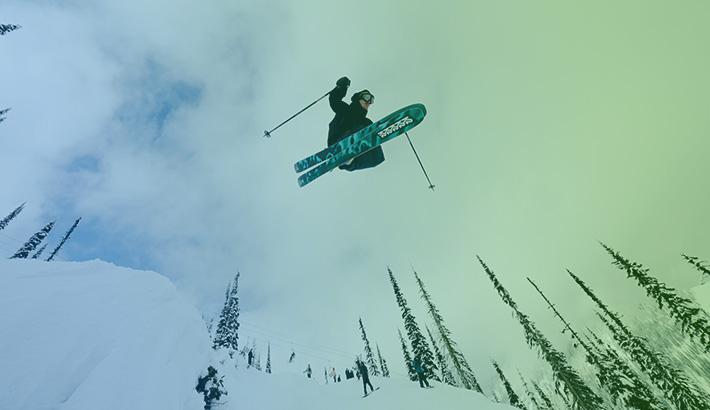
- Case Study
- Consumer Products
How K2 Skis Accelerated Product Development by 25% with PTC’s Onshape
01.14.2026 learn more

- Blog
- News from Onshape @ PTC
Onshape at CES 2026: Where Innovation Meets the Show Floor
01.05.2026 learn more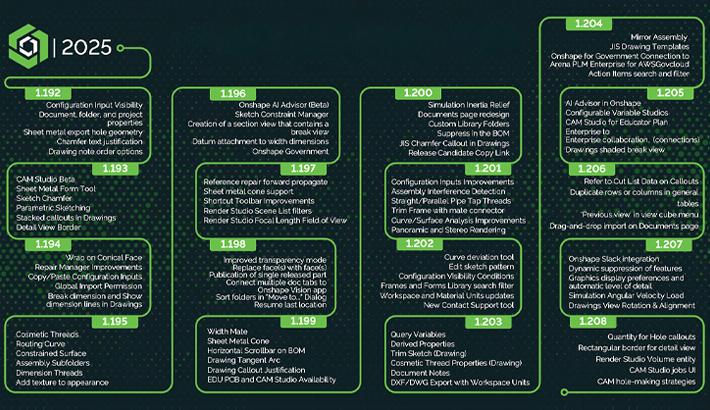
- Blog
- News from Onshape @ PTC
Onshape’s Top 10 Best and Newest CAD Design Software Features of 2025
12.23.2025 learn more
